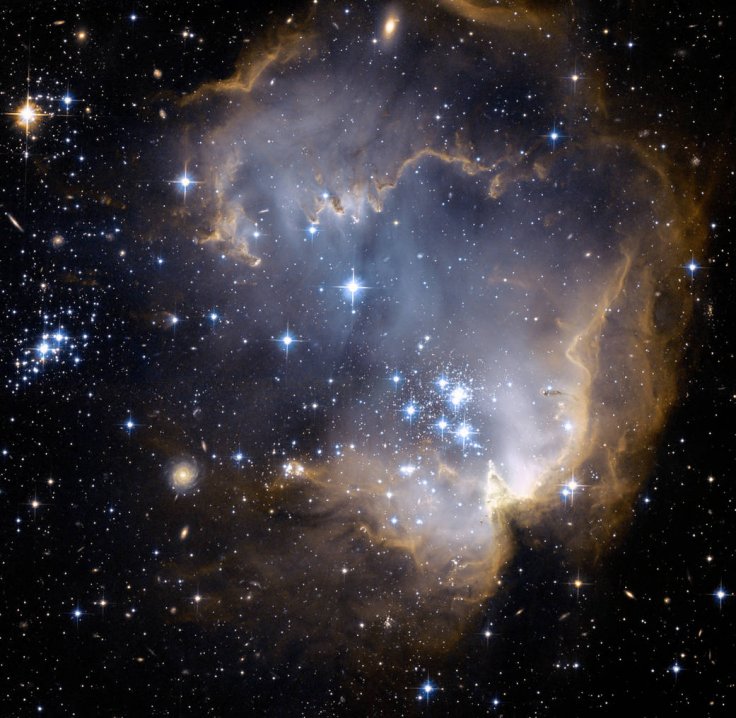
A group of astronomers stated in a new study that by using a new instrument situated in the Chilean desert - the Atacama Large Millimetre/submillimetre Array (ALMA), they found a star, which is forming in the outer regions of the disc of dust and gas surrounding a massive star.
As per the research report, published in the Astrophysical Journal Letters, astronomers said that the MM 1a, the young star is surrounded by a rotating disc of gas and dust that was the subject of the scientists' original investigation. They also stated that the other faint object, named as MM 1b, was found just beyond the disc in the orbit around MM 1a.
John Ilee from the University of Leeds in Britain led the research team of the astronomers. He said, "Stars form within large clouds of gas and dust in interstellar space. When these clouds collapse under gravity, they begin to rotate faster, forming a disc around them. In low mass stars like our Sun, it is in these discs that planets can form."
In addition to that, Ilee said, "In this case, the star and disc we have observed is so massive that, rather than witnessing a planet forming in the disc, we are seeing another star being born."
The research team calculated the mass of MM 1a and MM 1b by measuring the amount by measuring the radiation released by the dust and the subtle shifts in the frequency of light emitted by the gas. The study also stated that the astronomers discovered that MM 1a weighs 40 times the mass of sun, while the MM 1b was calculated to weigh less than half the mass of the brightest star of the solar system.
Ilee said, "Many older massive stars are found with nearby companions. But binary stars are often very equal in mass, and so likely formed together as siblings. Finding a young binary system with a mass ratio of 80:1 is very unusual, and suggests an entirely different formation process for both objects."









